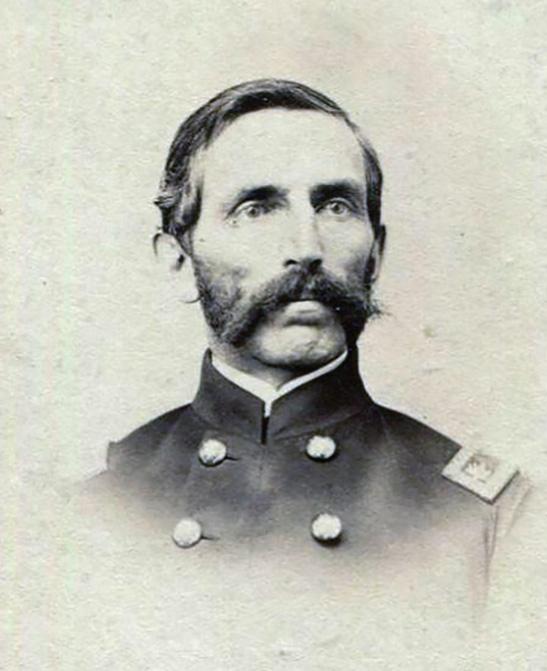




When Major General William Tecumseh Sherman prepared to set out from Atlanta in the fall of 1864, he tapped the 1st Alabama Cavalry—a regiment of White volunteers recruited from within the heart of the Confederacy—for a key role in the campaign to come. From the commencement of hostilities, United States military and political leadership had sought loyal white Southerners willing to carry the torch of Union to the seat of secession. Now, the 1st Alabama would help to do so. Who were these men? How did they come to reject the Confederacy and embrace the Union in the most uncompromising terms? And how does their turn at the head of Sherman’s army, helping Uncle Billy bring his brand of hard war to the Deep South, add to our understanding of one of the war’s most infamous chapters?
In deploying the 1st Alabama, Sherman made it clear that he did not make war on the South; he made war on disloyalty and treason. Many of the White Southerners who joined the 1st Alabama exhibited a marked hostility toward the secessionist planter class that had arrogated to themselves the lion’s share of political and economic power in the region and brought on the crisis. A number had already suffered serious depredations at the hands of Confederate partisans before the appearance of Union forces in 1862 and sought revenge whenever they had the opportunity. Sherman determined to give them one when he unleashed them in Georgia.
The core of the 1st Alabama Cavalry hailed from the northern section of the state for which it was named. Unlike the black belt of Alabama, which contained the majority of its slaveowners and enslaved people, the upcountry counties at the foot of the Appalachian Mountains displayed




